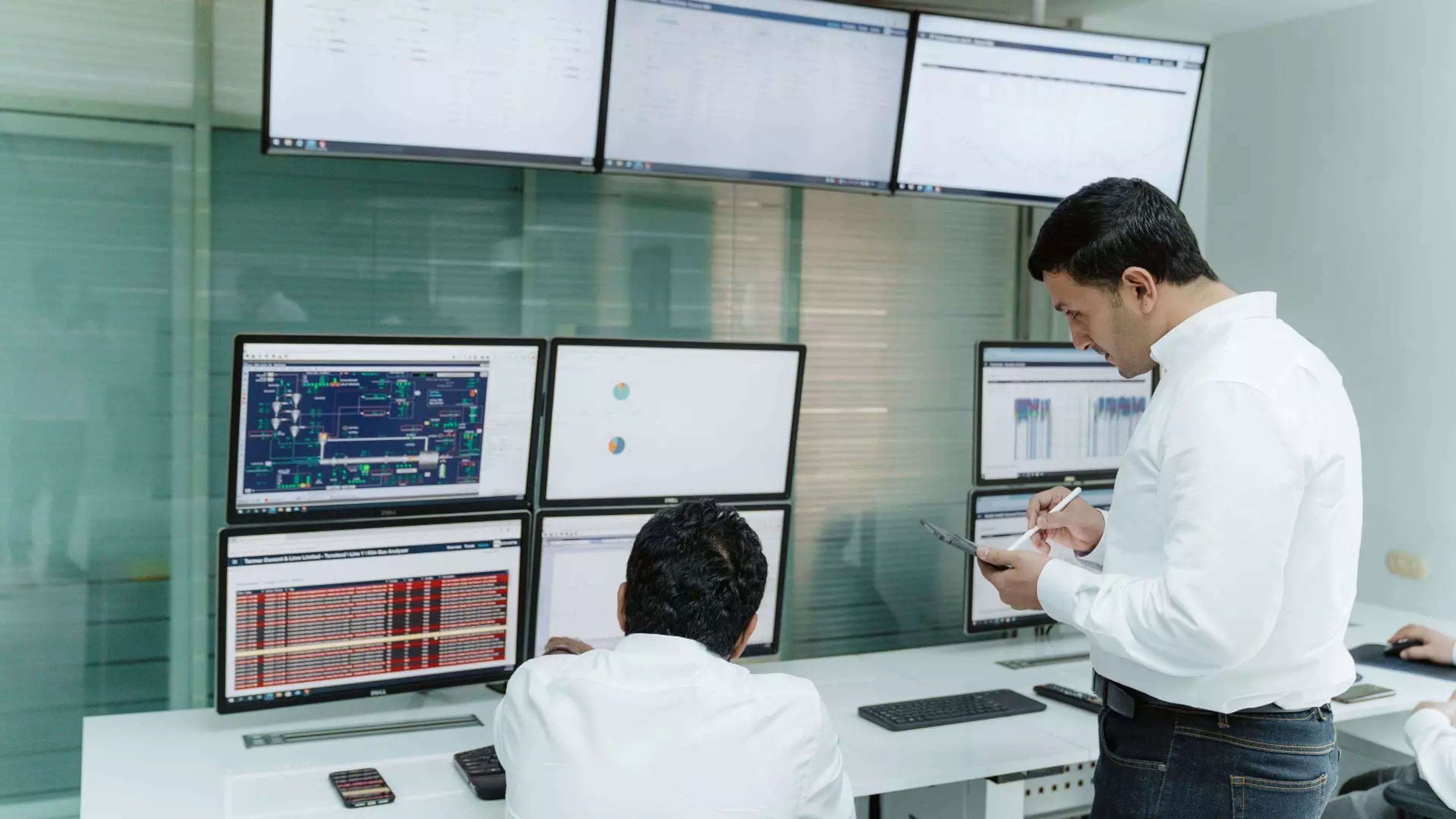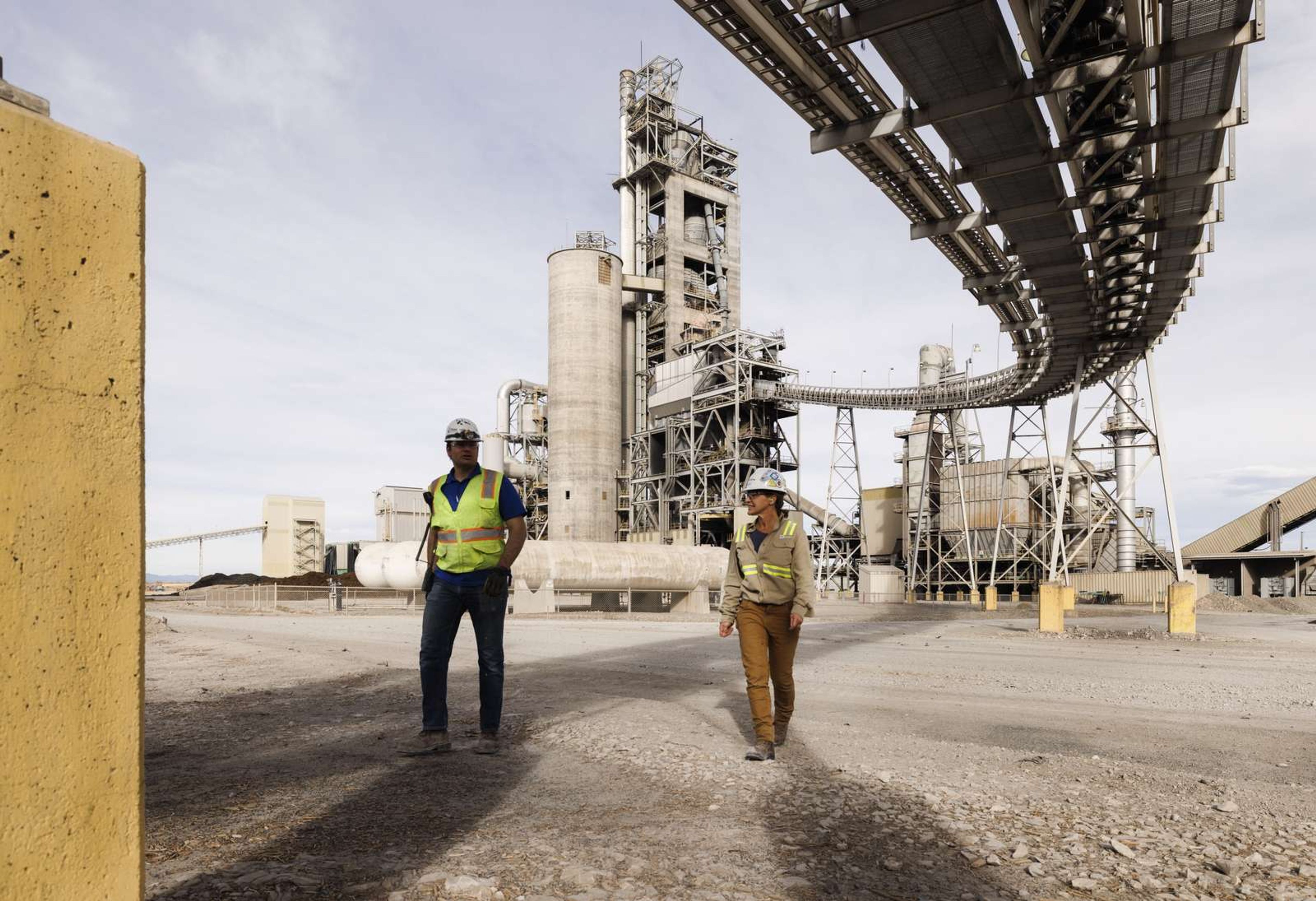article
Emissions reporting: Reducing carbon footprint
With approximately six percent of the world’s carbon dioxide emissions released from cement production, the cement industry is increasing its focus on reducing its carbon footprint. Quinn Cement in Ireland has implemented a web-based reporting system to reliably measure emissions, ensuring strict adherence to environmental requirements.
The Cement Sustainability Initiative (CSI) was formed by a group of 24 major cement producers covering more than 100 countries and representing around 30 percent of the world’s cement production. A primary focus of the group is emissions measurement and reporting, and it has been instrumental in setting an expectation that all cement plants report on their emissions.
With this increasing focus to reduce the industry’s carbon footprint, a reliable and accurate means for environmental reporting is needed. The ideal reporting system should provide a quick overview of greenhouse gas emissions. Cement producers that can report accurately on their emissions not only demonstrate a commitment to reducing their environmental impact, they can also respond quickly to any changes in legislation involving mandatory reporting.
Easier environmental reporting
An environmental reporting system, such as FLSmidth Cement's ReportLoq™ system, collects and analyses emissions data from the analysis equipment at regular intervals. This fulfills local legislation requirements, provides trends and reports, and records comments on alarms and events.
CHRISTIAN MARKUSSEN - Global Product Manager in Gas Analysis and Reporting, FLSmidth Cement
Boosting efficiency
Quinn Cement has been improving its emissions reporting since late 2014, following the implementation of the ReportLoq system and a gas analysis and control system at its Ballyconnell plant. Kevin Feehan, Control & Instrumentation Engineer at Quinn Cement, explains:
“The plant needed to fulfill additional requirements in a new EPA license, which granted permission to burn waste in the form of solid recovered fuel. The system needed to record exceedances as specified in the new license. We needed to enter Quality Assurance Level 2 (QAL2) and QAL3 data and produce CUSUM charts according to the quality assurance standard EN14181.”
For Quinn Cement, one of the challenges when considering the ReportLoq system was that the data would be stored and maintained off premises. But Kevin Feehan now appreciates the benefits offered by the web-based solution, saying:
KEVIN FEEHAN - Control & Instrumentation Engineer at Quinn Cement
How FLSmidth Cement ReportLoq works
The ReportLoq system is a web-based reporting system that enables cement plant operators and environmental coordinators to measure, collect and report emissions data. It measures data every ten seconds and stores the values for a minimum of five years as required by the environmental authorities. It also provides a comprehensive report via email. The data is stored on an onsite controller and server that collects all environmental data from the analysis equipment as raw values. These values are then transferred to the secure FLSmidth Cement data centre, which also ensures automatic backup and eliminates the need for operating and maintaining local server solutions. The onsite server can store up to six months of data and for extra security, the controller stores data for up to 30 days.
The ReportLoq system ensures that operating technicians can monitor the current emissions values, not only as raw values, but also QAL2 and QAL3 corrected, normalised and validated values. The comments can be printed for reporting internally or externally. The ReportLoq system also provides real-time online calculations, which allows operators to monitor predicted values and avoid exceedances. The system also recognises that the values recorded during shutdown, calibration and analyser faults should not affect calculations. All these validation methods are used together with system updates, ensuring that the emissions data collected is correct and functional.
The ReportLoq system is a subscription-based system that covers all software costs associated with operation, service and maintenance of the system. The system helps organise your environmental reporting and ensures a solution that complies with the specific statutory requirements. Furthermore, the ReportLoq system has been certified by MCERTS confirming that data is handled with care and not subject to obscure or secret manipulation. Raw data is safely transferred to the FLSmidth Cement data centre.
About the ReportLoq system
- Real-time reporting with data collection every 10 seconds
- Can be launched from any browser and any mobile device
- User-friendly interface
- A wide range of reporting functions
- Advanced prevention alarms for any environmental breaches
- Functionality to trend and export raw and aggregated data
- Quality Assurance Level functionality
Related Offerings







